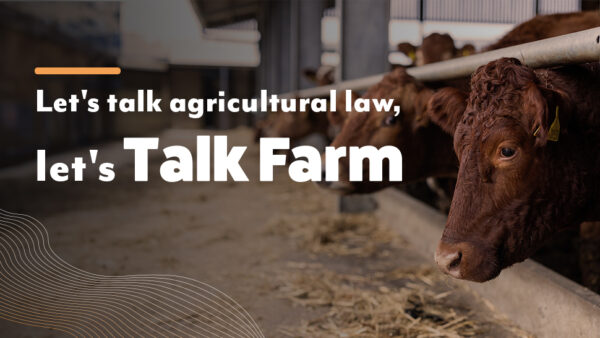

With increased enforcement powers for Local Authorities, an understanding of planning regulations and restrictions is an important part of forestry and woodland management to secure the sustainability of both the woodland and your business.
At first glance, the planning regulations appear very straightforward. ‘Forestry’ itself is not considered to be development requiring planning permission, and there are also extensive permitted development rights for works ancillary to forestry operations, meaning that planning permission is often not required.
However with no legal definition of ‘forestry’, and various exceptions to the rules, it can be easy to fall foul of the legal requirements.
‘Forestry’ for planning purposes has been held to include planting and felling, as you would expect. However operations such as the storing or processing of the timber are grey areas of law, with views differing depending on the intensity of those operations.
Unfortunately there is no clear guidance on whether other on-site processing, such as charcoal burning, or furniture-making would be counted as ‘forestry’, and some Local Authorities require separate planning consents.
The permitted development rights for development ancillary to forestry operations were consolidated earlier this year in Class E, Part 6 of Schedule 2 of the Town and Country Planning (General Permitted Development) (England) Order 2015.
The Regulations say that any development ‘reasonably necessary’ for the purposes of forestry may be carried out without planning consent, including works for the erection, extension, or alteration of buildings, and installation or improvements of access ways.
However there are several exceptions to these rights, including work involving the creation of a residential dwelling, and any development within 25 metres of a classified or trunk road, where express planning permission is required. Additionally buildings which store fuel or waste for a biomass boiler or anaerobic digester need permission where they would store materials produced from outside that woodland, as do buildings more than three metres high if the woodland is within 3 kilometres of an aerodrome.
There are also conditions attached to permitted development rights where they relate to buildings in certain protected areas such as National Parks, or to the ‘significant’ extension or alteration of buildings in any location, which in this context means that the cubic content of the original building would be exceeded by more than 10% or the height of the original building exceeded.
In these cases, a prior approval process must be followed whereby an application is made to the Local Authority accompanied by a written description of the proposal, a plan, and an application fee (currently £80). The Local Authority is able to make directions as to the siting, design and external appearance of the building through this process.
This prior approval process also relates to the construction of access ways, whereby the Local Authority may make directions as to the siting and means of construction.
In summary, although the majority of work involved in managing woodlands can be carried out without obtaining express planning permission, there are exceptions and professional advice should be obtained where necessary.










